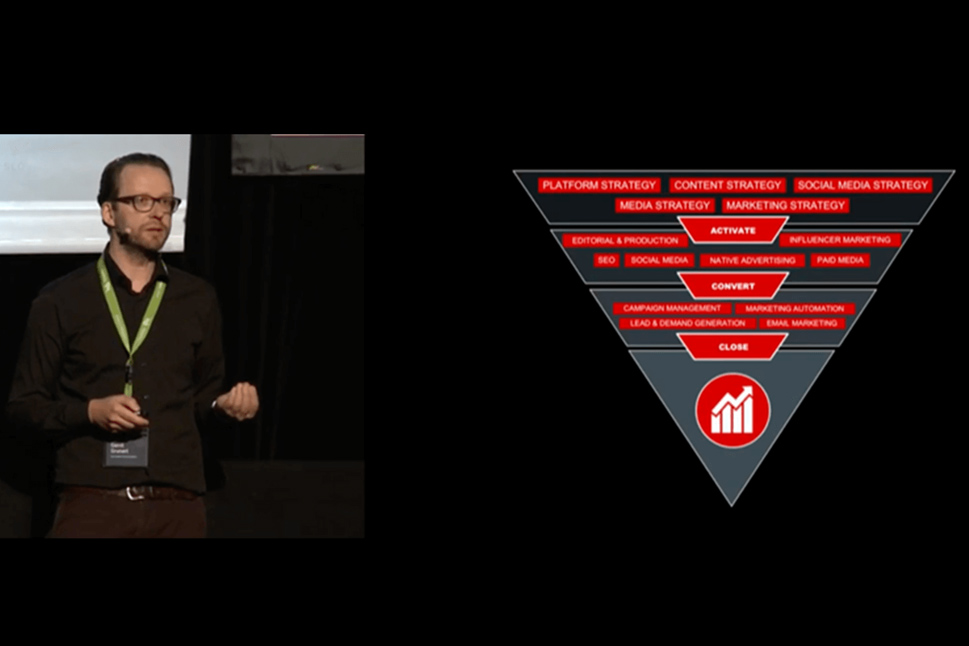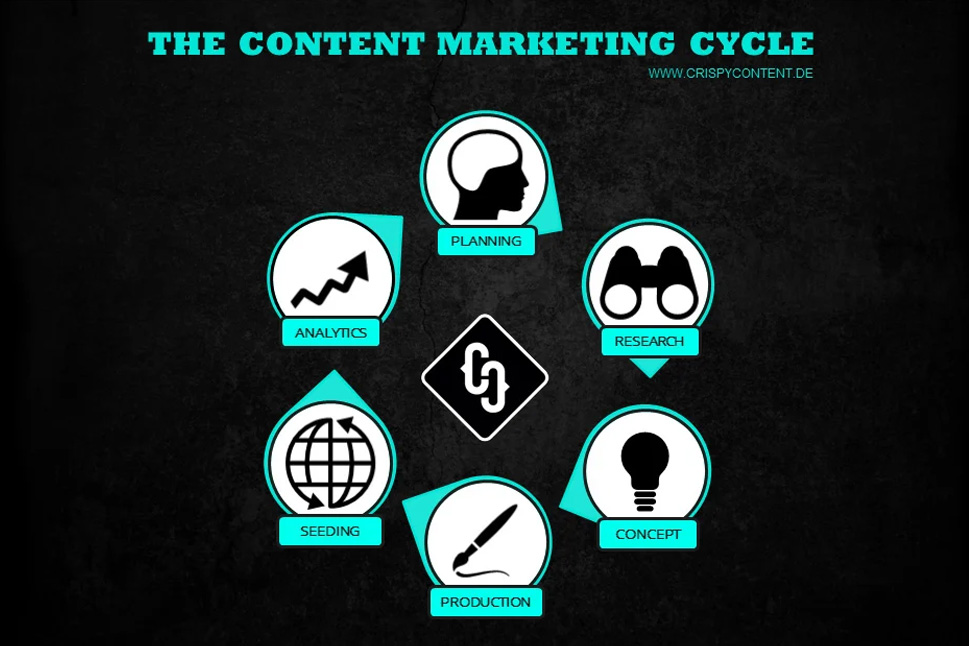Structure Drives Performance: Clear Roles Ensure Content Quality
Last updated on June 20, 2025 at 09:20 AM.Globally operating marketing departments must determine how to allocate tasks and responsibilities in a way that ensures both more efficient processes and the successful scaling of content initiatives. This is key to maintaining content quality. Many marketing teams face the challenge of overburdened team members on one hand and unclear responsibilities on the other. The consequences are project delays, declining content quality, and increasing everyday issues. Vaguely defined roles are often a problem in international marketing teams, where coordination and speed are crucial. Overlapping responsibilities lead to friction—a familiar scenario for leads managing complex content landscapes. In contrast, clear structures boost performance and safeguard content quality.

Unclear responsibilities and their impact on B2B marketing teamsit
The operational load often rests on a few team members who try to juggle multiple responsibilities. With growing topic diversity, shrinking budgets, and rising expectations for measurable results, pressure on B2B marketing teams increases. Clear boundaries between strategy, editorial work, and analysis are often missing, resulting in blurred responsibilities and a lack of ownership.
The effects are visible in day-to-day business: deadlines are missed, content quality declines, and escalations become more frequent. A lack of accountability makes it harder to identify root causes and implement targeted countermeasures. The result: frustration within the team and a loss of trust at the management level.
Complexity in international companies: A breeding ground for silos
International corporations and midsize companies active in multiple markets are especially familiar with the problem of silos. Different teams work on similar topics, but knowledge transfer is lacking. Intransparent structures and unclear communication paths lead to untapped potential.
When developing a unified content strategy, it’s essential that everyone involved knows their tasks—and where their interfaces with other roles lie. Without this clarity, marketing initiatives risk becoming inefficient and wasting valuable resources.
Modern models as a solution to operational overload in marketing
A proven role model provides a practical solution. At the core of the model are clearly defined functions such as strategy, editorial, production, research, and analysis. Each responsibility area brings specific tasks and requirements. By naming and defining these roles, responsibilities can be assigned systematically and interfaces clearly defined.
In everyday practice, teams with clearly defined roles respond more quickly to challenges, prioritize more effectively, and demonstrably improve their work quality. This not only distributes the operational workload more evenly but also increases team motivation.
How collaboration in global B2B marketing teams succeeds
To avoid silos, coordinated collaboration between different roles is essential. Successful teams rely on regular check-ins, documented processes, and opportunities for interdisciplinary exchange. This fosters a company culture where continuous improvement becomes possible.
Experience shows: when everyone knows who is responsible for what and how handovers are handled, errors are reduced, and performance improves. At the same time, the foundation is laid for a scalable and future-proof content organization.
Case Study: Transforming a content organization in tech marketing
A technology company faced the challenge of professionalizing its content processes. The starting point: overloaded key players, unclear responsibilities, and stalled projects. Together with the marketing team, role profiles were developed, tasks were reassigned, and processes were documented.
The result: a significant drop in escalations, shorter lead times, and the team could once again focus on creating high-quality content. The introduction of clear roles led to a structure that remained stable even with increasing workload.
Success factors for implementing structured role models
Rolling out a viable role model doesn't happen on its own. Capacity planning is a prerequisite to prevent overload and deploy skills effectively. A structured onboarding process helps new team members quickly orient themselves and take on their roles productively.
Change management is another key factor. Especially when breaking up existing structures, clear communication, transparent goals, and a willingness to challenge old habits are required. Successful companies invest in targeted training and create platforms for internal exchange.
Innovative methods to strengthen accountability in marketing organizations
Technological support, such as collaborative task management tools and transparent dashboards, can help make responsibilities visible. Agile methods—such as working in cross-functional teams or introducing daily stand-ups—support the ongoing alignment of tasks and progress.
At the same time, it’s worthwhile to implement regular retrospectives to critically review processes and role distribution and adapt them if needed. This keeps the organization flexible and responsive to market changes.
First steps to structuring teams in content marketing
Companies looking to structure their content organization should follow a clear roadmap: first, document existing tasks and responsibilities. Next, define role profiles and describe the interfaces between roles in detail.
Regular team workshops enhance understanding of each other’s tasks and foster acceptance of new structures. It’s a good idea to launch pilot projects to test new role models under real-world conditions and gather insights.
Guide for leaders: Achieve more output through clear structures
Structured work in marketing teams isn’t a nice-to-have—it’s essential for sustainable success. Clear roles provide transparency and reliability—the foundation for high-quality content, predictable outcomes, and motivated teams. A proven guide helps you assign responsibilities effectively and elevate your content organization to the next level.
If you're grappling with unclear responsibilities, proven models and innovative methods offer concrete solutions to future-proof your marketing organization.
Creative, smart and talkative. Analytical, tech-savvy and hands-on. These are the ingredients for a content marketer at Crispy Content® - whether he or she is a content strategist, content creator, SEO expert, performance marketer or topic expert. Our content marketers are "T-Shaped Marketers". They have a broad range of knowledge paired with in-depth knowledge and skills in a single area.

.png)











.jpg)

-1.jpg)

-1.jpg)
.jpg)



.jpg)













.jpg)







.jpg)

































.jpg)












































